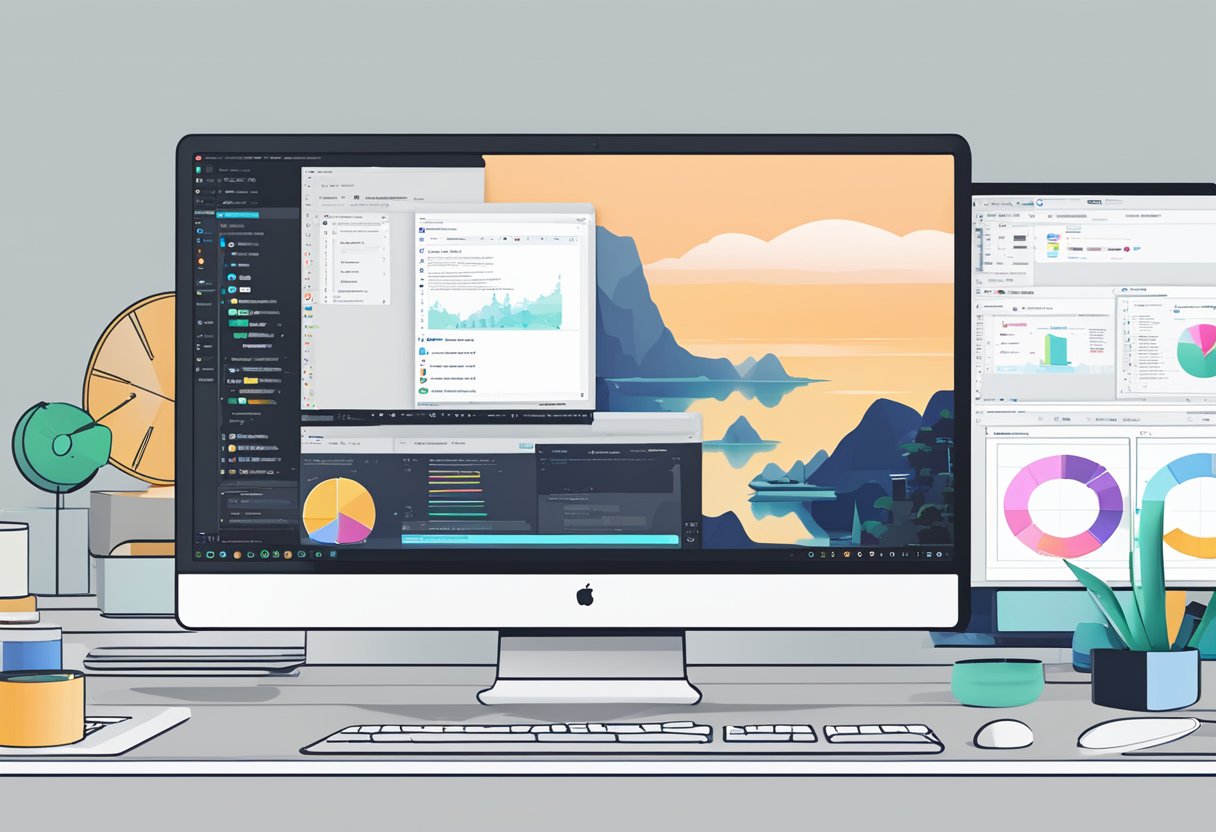Implementing Lottie Animations for Animated SVGs and Icons

Lottie animations are becoming increasingly popular in modern web development, and for good reason. These animations are lightweight, scalable, and easy to implement. They are particularly useful for animated SVGs and icons, as they allow for smoother and more complex animations than traditional CSS or JavaScript animations.
Lottie is a library created by Airbnb that allows developers to easily add high-quality animations to their web projects. It uses JSON files exported from Adobe After Effects, making it easy for designers to create animations and for developers to implement them. Lottie animations can be used for a variety of purposes, from simple loading animations to complex interactive interfaces.
In this article, we will explore the benefits of using Lottie animations for animated SVGs and icons, and provide a step-by-step guide for implementing them in your own projects. We will cover the basics of Lottie, including how to create and export animations from After Effects, and how to use them in your web projects. We will also discuss best practices for optimizing Lottie animations for performance, and provide examples of real-world implementations.
Índice De Conteúdo
Understanding Lottie Animations
What Are Lottie Animations?
Lottie is an open-source animation tool that allows designers and developers to create and implement complex animations for web, mobile, and other platforms. It was created by Airbnb and is now maintained by Adobe. Lottie animations are based on JSON files that contain all the necessary data to render the animation. This means that the animations are lightweight and can be easily implemented on any platform.
Lottie animations are created using Adobe After Effects or other animation software and then exported as JSON files using the Lottie plugin. These JSON files can then be easily integrated into web and mobile applications using Lottie libraries.
Benefits of Using Lottie for SVGs and Icons
Lottie animations are particularly useful for SVGs and icons because they allow for complex animations to be created without the need for large, heavy GIF or video files. Lottie animations are vector-based, which means that they can be scaled to any size without losing quality.
Another benefit of using Lottie for SVGs and icons is that they can be easily customized and manipulated using CSS and JavaScript. This means that designers and developers can easily change the color, size, and other properties of the animations without having to recreate them from scratch.
Overall, Lottie animations are a powerful tool for creating complex, lightweight animations for web and mobile applications. They are easy to use, customizable, and can be integrated into any platform.
Implementation Guide
Setting Up Your Development Environment
Before implementing Lottie animations for animated SVGs and icons, it is important to set up your development environment. This involves installing the necessary tools and libraries to work with Lottie animations.
Firstly, ensure that you have a code editor installed on your computer, such as Visual Studio Code, Sublime Text, or Atom. Next, download the Lottie library from the official website or through a package manager like npm or yarn.
Once you have the Lottie library, you can start creating your animations using Adobe After Effects or another animation software that supports exporting animations as JSON files. Finally, include the Lottie library in your project and load the JSON file to display the animation.
Integrating Lottie with Web Projects
Integrating Lottie with web projects is a straightforward process. To get started, include the Lottie library in your HTML file using a script tag.
Next, create a container element for the animation and set its dimensions. Then, use the Lottie library to load the JSON file containing the animation and render it inside the container element.
Lottie animations can also be controlled using JavaScript. For example, you can play, pause, or stop the animation using the Lottie API. Additionally, you can add event listeners to trigger actions when certain events occur during the animation, such as when it reaches a specific frame or finishes playing.
Optimizing Performance for Lottie Animations
Optimizing performance is essential when implementing Lottie animations for animated SVGs and icons. Large animations with complex graphics can have a negative impact on page load times and user experience.
To optimize performance, consider using the Lottie library’s built-in features like caching and preloading. These features can help reduce the amount of time it takes to load and render the animation.
Another way to optimize performance is to reduce the size of the animation file. This can be achieved by simplifying the graphics used in the animation or by breaking it up into smaller, more manageable parts.
Overall, implementing Lottie animations for animated SVGs and icons can enhance the user experience and add an extra level of interactivity to your web projects. By following the steps outlined in this guide, you can easily integrate Lottie into your projects and optimize its performance for a seamless user experience.

